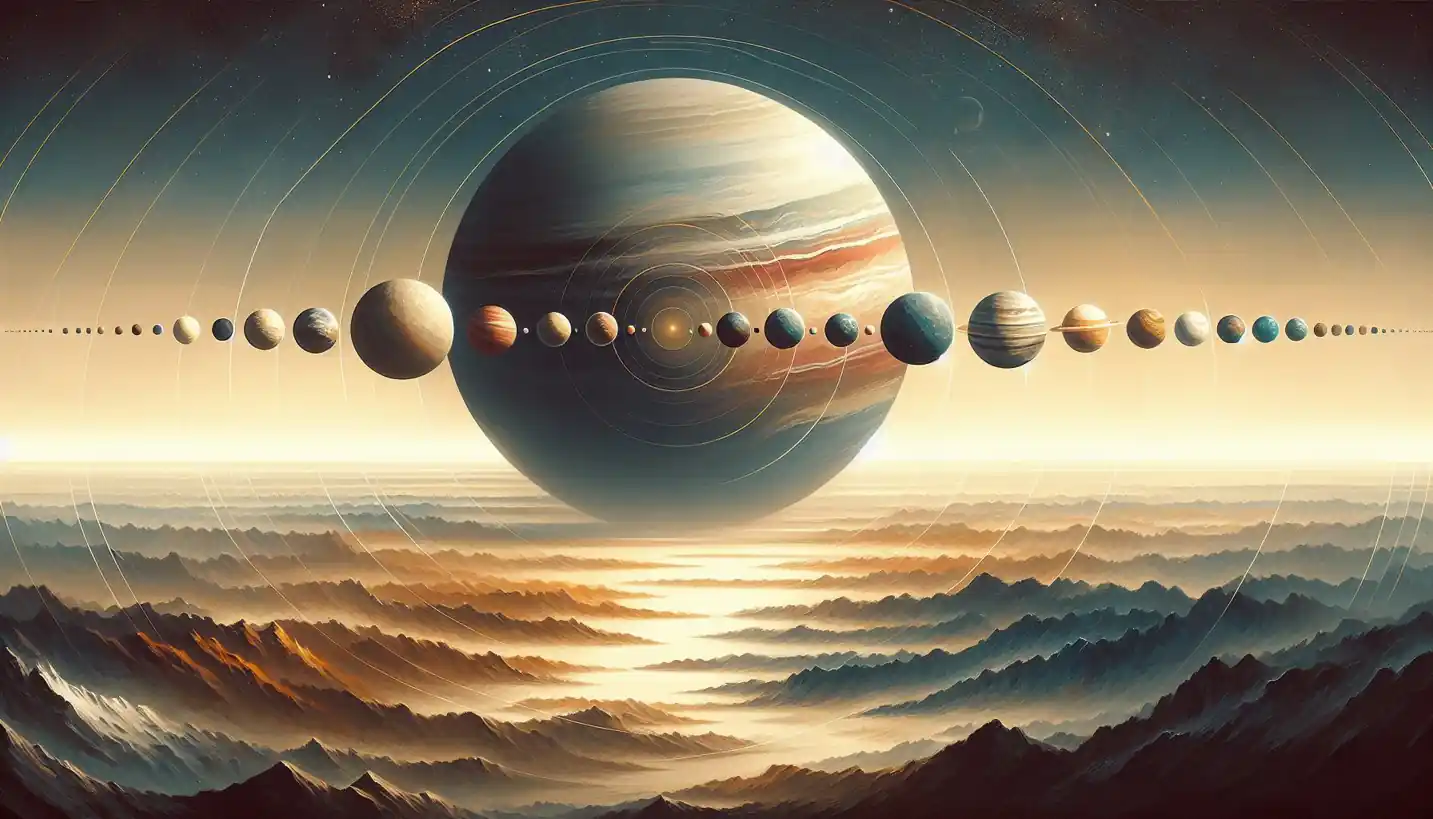· Astronomy · 4 min read
Photon Noise: Unraveling the Whisper of the Cosmos
Photon noise is the universe's subtle whisper. Discover how astronomers interpret these fluctuations to gather information from distant stars.

Stars sparkle brilliantly in the night sky, each twinkling dot a distant world waiting to be explored. But peering into the vastness of space isn’t as straightforward as taking a quick photo. Astronomers face countless challenges in their quest to understand the universe, and one of these hurdles is something called “photon noise.”
What is Photon Noise?
Picture yourself at the beach, the shore is calm, but every now and then, a wave breaks noisily. In a similar fashion, when astronomers capture light from a distant star or galaxy, they experience a kind of “noise” that sneaks into their observations. But unlike the sound of waves, this noise is part of the signal itself, tied to the photons—the tiny particles of light—that come from these celestial bodies.
Photon noise is essentially the random variation in the number of photons detected. Even if you look at a constant light source, the number of photons hitting the detector isn’t perfectly consistent over time. It fluctuates, much like how the waves of the ocean can vary in size and strength.
Why Does Photon Noise Matter in Astronomy?
Imagine trying to listen to a whisper in a bustling city street. Difficult, right? That’s essentially what astronomers are dealing with when they study faint objects in space. The “whisper” of the universe, these faraway light signals, have to be distinguished from the “noise” created by photon variations. Accurately interpreting these signals is crucial because they hold secrets about the universe’s formation, composition, and much more.
For astronomers, reducing photon noise means obtaining clearer, more accurate data. This effort is akin to cleaning a dirty window to get a better view outside. Improved data paves the way for more detailed and insightful interpretations of what lies beyond our planet.
How is Photon Noise Reduced?
Our curious minds might wonder, how can scientists reduce this noise? The answer lies in sophisticated technology and clever techniques. One common method is increasing the exposure time. This means keeping the telescope focused on the same spot for a longer period, allowing more photons to be collected. It’s like waiting in the crowd until you finally catch every word of a quiet conversation.
Another approach is using larger telescopes. Bigger telescopes can collect more light, akin to using a larger net to catch more fish. Also, sophisticated detectors that excel at distinguishing between the signal and noise are employed in modern telescopes.
The Role of Photon Noise in Advanced Astronomy
Photon noise is not merely a nuisance; it is also a reason why certain astronomical observations are so complex and beautiful. Considering areas like exoplanet discovery or cosmic microwave background measurements, understanding and handling photon noise become pivotal.
For instance, when astronomers hunt for exoplanets, they often use a method called the transit technique. They look for small dips in brightness as a planet passes in front of its star. Photon noise can make these already delicate detections even trickier, emphasizing the need for precision and advanced instrumentation.
In the study of the cosmic microwave background—the afterglow of the Big Bang—scientists aim to detect incredibly weak signals. Here, photon noise management is critical to ensure that the subtle temperature variations in the cosmic microwave background are accurately mapped.
Future Directions and Challenges
As the technology behind astronomical instruments advances, so do the methods of dealing with photon noise. New techniques, like adaptive optics, are continuously being developed to cancel out noise, resulting in sharper and clearer images.
Looking to the future, innovations in detectors and computational methods will likely play a significant role. For instance, quantum technology and machine learning are emerging fields that could revolutionize the way photon noise is handled.
Astronomers are also exploring the use of space telescopes positioned far from Earth’s noisy atmosphere. By leaving our planet’s interference behind, these telescopes can capture clearer images of the universe.
Why Should We Care About Photon Noise?
It might seem like a concern only for scientists peering through telescopes, but photon noise also demonstrates the kind of precision and determination necessary in scientific endeavors. Studying it provides an insight into how scientists work to untangle complex problems, shedding light—sometimes quite literally—on the intricacies of our universe.
Moreover, by overcoming challenges like photon noise, we enhance our understanding of space, building a more precise picture of where we come from and perhaps, where we’re headed. It’s the whisper of history and the promise of the future, wrapped in the light that has traveled millions, or even billions, of years to reach us.
So, even as we stand under the night sky, gazing at the stars, the silent story of photon noise unfolds, guiding our quest to unravel the mysteries of the cosmos. Through innovation and perseverance, astronomers continue to turn those whispers into a clear song, revealing secrets of a universe ever so eager to share its tales.



